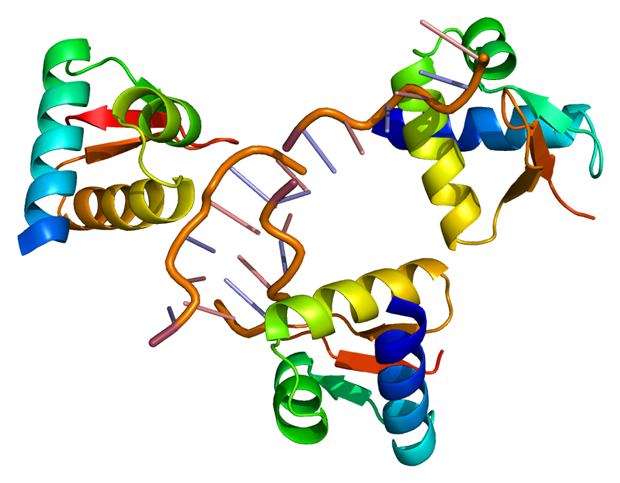
Catching up on protein dynamics
Enhanced technique paves the way towards medical progress

RNA-binding proteins (RBPs) play essential roles in a variety of cellular functions including gene expression. Identifying and understanding the functions and regulation of RBPs is therefore key to unravelling the physiology of cells and determining what can go wrong in disease. A method called RNA-interactome capture (RIC), developed in the Hentze group at EMBL, has in recent years fundamentally changed our understanding of RBPs. The RIC technique involves shining ultraviolet light on living cells, which creates cross-linkages between RNA and proteins that are in direct contact with each other. Proteins attached to polyadenylated RNAs are then captured using an oligo(dT) probe against the poly(A) tails of RNAs and identified by mass spectrometry. RIC led to the discovery of hundreds of new RBPs, among them metabolic enzymes that were not previously known to bind RNA.
Now, Joel Perez-Perri and colleagues in the Hentze group have enhanced the existing method. The scientists have modified the capture probe by replacing dT with locked nucleic acids – a modified type of RNA – which offer an increased affinity for target RNA, allowing for more stringent purification conditions. The technique was also adapted to reduce material requirements.
Called enhanced RNA-interactome capture (eRIC), this new method boosts the identification of RBPs and, most importantly, allows the characterisation of dynamic responses of RBPs that would escape classic RIC experiments. The scientists plan to use this technique to characterise RBP dynamics in biological and pharmacological applications. For example, eRIC is being applied to human and mouse primary samples to unravel novel mechanisms involved in tumorigenesis and T cell function. eRIC has also been patented for use in other academic and commercial settings.


